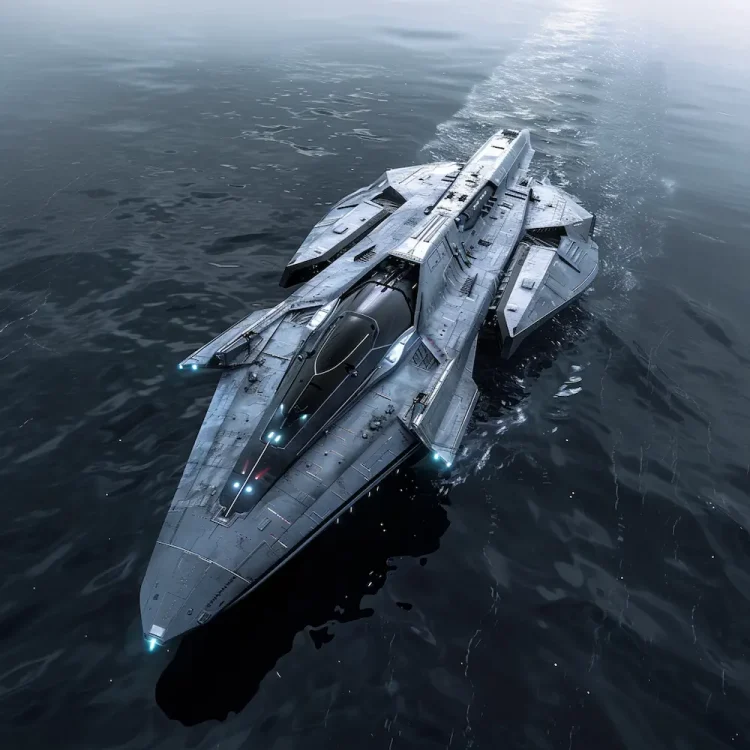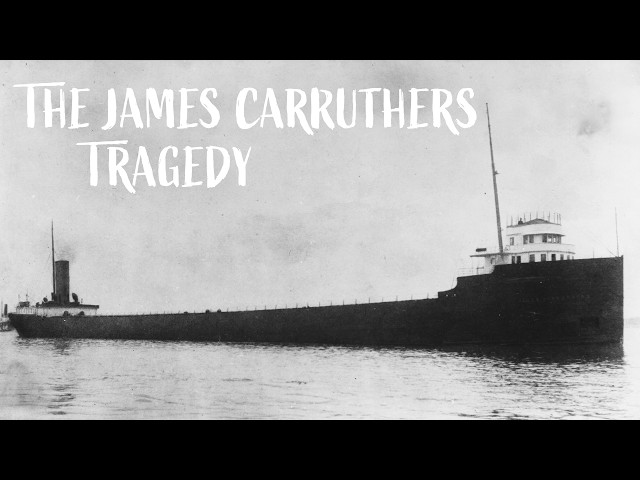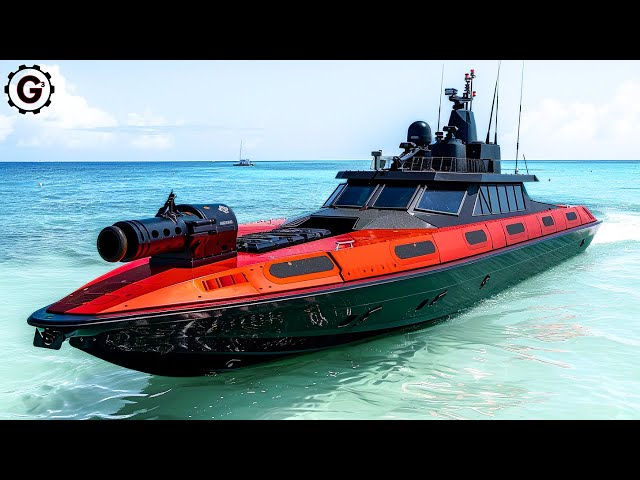Naval warfare has undergone dramatic transformations throughout history, shaped by technological advancements and strategic shifts. From the dominance of battleships in the early 20th century to the rise of aircraft carriers during World War II, and now the emergence of hybrid warships, the seas have been a battleground of innovation and adaptation.
The Rise and Fall of Battleships
At the turn of the 20th century, battleships symbolized naval power. These colossal vessels, armed with heavy guns and thick armor, were the backbone of fleets worldwide. They projected military might and were pivotal in naval engagements, including the famous Battle of Jutland during World War I. However, their reign was short-lived.
Aircraft Carriers: A Game-Changing Innovation
The pivotal moment came during World War II when aircraft carriers demonstrated their superiority over battleships. The ability to launch and recover airplanes allowed carriers to strike targets hundreds of miles away, beyond the reach of battleship artillery. The Battle of Midway in 1942 exemplified this shift, where carrier-based aircraft decisively defeated an opposing fleet without the ships firing a single shot at each other.
Enter the Hybrid Warships: T2050 Concept
As technology continues to advance, the future of naval warfare is taking a new shape with the T2050 concept. Developed by Startpoint, in collaboration with the Royal Navy and the British Ministry of Defence, the T2050 combines the strengths of battleships and aircraft carriers into a compact and versatile platform.
Features of T2050:
- Design and Layout: Resembling a blend of the experimental Sea Shadow and the Zumwalt destroyer, the T2050 features a helipad at the stern for simultaneous UAV operations and hangar space for helicopters.
- Advanced Weaponry: The centerpiece of its arsenal is a railgun, utilizing electromagnetic force to launch projectiles at incredible speeds, promising unprecedented range and firepower.
- Versatility: Equipped with a rear ramp for deploying underwater drones and a command center to coordinate unmanned vehicles, the T2050 emphasizes flexibility and remote operation capabilities.
The Future of Naval Dominance
With the T2050 concept paving the way, the future of naval warfare appears to be shifting once again. Instead of large, traditional battleships or expansive aircraft carriers, smaller, agile, and technologically advanced warships may redefine naval dominance. These vessels are poised to integrate cutting-edge weaponry, autonomous systems, and multi-role capabilities, ensuring they remain relevant in an increasingly complex maritime environment.
From the era of battleships ruling the waves to the era of aircraft carriers projecting air power globally, naval warfare continues to evolve. The T2050 concept represents a significant leap forward, blending historical lessons with modern technology to create a new generation of warships capable of meeting the challenges of the 21st century. As we look ahead, the seas may once again be dominated by vessels that combine the firepower of cannons with the strategic reach of aircraft, ushering in a new era of naval supremacy.









